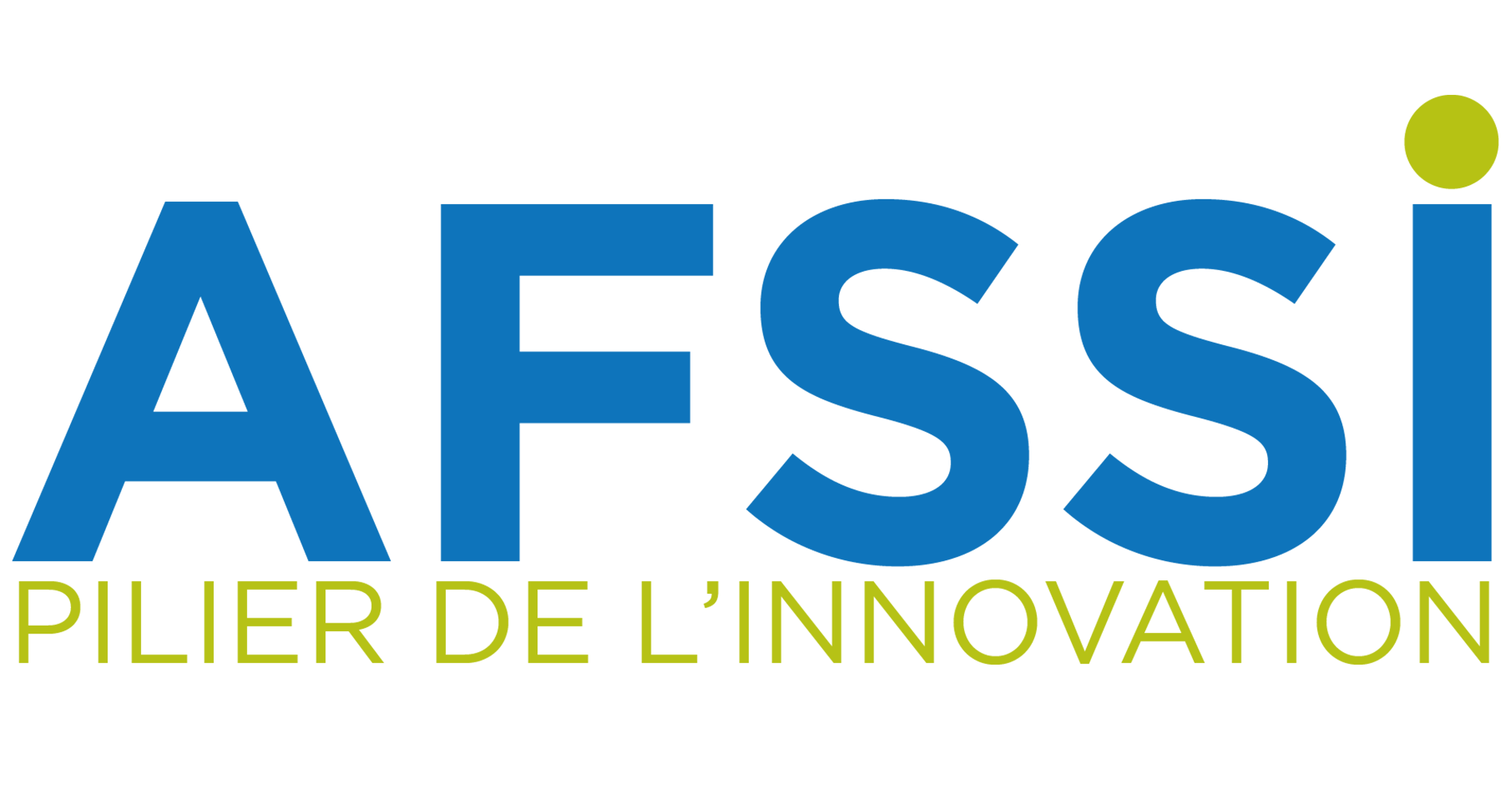The declarative mannequin ensures that Kubernetes takes the appropriate action to fulfil the necessities based mostly on the configuration recordsdata. Containerization is now extremely popular for modern software program purposes https://metadewartp.info/2024/. This is particularly true for many who comply with cloud-native ideas and use microservices. They provide many benefits that fix the issues present in traditional virtualization.
Docker Vs Kubernetes
A hypervisor, which is software program that monitors VMs, allocates computing resources to all of the VMs regardless of whether the purposes use them. Software developers can troubleshoot and alter the applying code with out interfering with the working system, hardware, or different software companies. They can shorten software release cycles and work on updates shortly with the container mannequin. Docker simplifies application deployment with light-weight, portable containers, guaranteeing consistency, scalability and efficiency across environments.
Nordstrom Leverages Kubernetes To Improve Cloud-native Adaptability
- Developers use containerization to build and deploy trendy functions due to the next advantages.
- Since then, shipping containers have turn into a worldwide demand for all shipments- highway, rail, air, and ocean.
- Containerization is amongst the technologies that permits developers to build cloud-native purposes.
- This separation helps scale back the possibility of security problems spreading between VMs.
- Or it may imply finding that what before seemed like a resource limitation was simply an opportunity to innovate.
- Advertise with TechnologyAdvice on ServerWatch and our different data and technology-focused platforms.
It is simpler to regulate an application inside a container and the system sources. Containerization explained within the IT world works principally the identical means. Instead of delivery full operating systems and your software, you pack your code into a container that can run wherever. Since these containers are often pretty small, you’ll have the ability to pack lots of containers onto a single computer. The recognition of specific tools might shift and change, but Octopus Deploy is container and cloud-agnostic.
With a number of VMs running on a single bodily machine, important financial savings in capital, operational and energy costs can be achieved. Most importantly, containerization allows purposes to be “written once and run anywhere” across on-premises data middle, hybrid cloud and multicloud environments. Containerization packages applications into containers, while Kubernetes is an orchestration device that manages and scales these containers throughout clusters of machines. The idea of containerization could be traced back to the early 2000s, beginning with technologies like chroot and BSD jails. However, the introduction of Docker in 2013 is what truly pushed containerization into mainstream adoption. By offering a user-friendly platform for creating, managing, and deploying containers, Docker shortly became a staple in software program improvement and operations.
Today an organization might have hundreds or hundreds of containers—an amount that might be practically impossible for groups to handle manually. Containerization options have significantly modified and improved the process of growing, deploying, and managing software program. In its early days, it primarily revolved around applied sciences like chroot and BSD jails, but mass adoption solely started after the discharge of Docker. There are many comparable activities between community and safety ops like community monitoring, knowledge access evaluation, tracking community parameters, and so on. However, many organizations have NetOps and SecOps teams working incoherently, which is inefficient.
Container orchestration platforms like Kubernetes automate containerized purposes and services’ set up, management, and scaling. This allows containers to operate autonomously relying on their workload. Automating tasks corresponding to rolling out new variations, logging, debugging, and monitoring facilitates straightforward container management. The hypervisor provides parts of the bodily server’s sources, like CPU, reminiscence, and storage, to every VM.
Traditional digital machines (VMs) run a full operating system (OS) on top of a hypervisor. This OS consists of its personal kernel, and the VM contains all the assets required to run the appliance, together with its personal visitor OS, which might result in considerable overhead. Each VM is unbiased and typically takes up extra space, has larger resource demands, and starts slower. The transmission and capture of well being knowledge from IoT units is one such instance.
Containers additionally work in isolation, which implies they’ll function without interfering with some other containers. This means a single host with multiple containers can perform a quantity of duties. Containers have compelling advantages over the previous generation of virtualization expertise. They are quicker, more light-weight, and simpler to handle and automate than digital machines (VMs), and are phasing out VMs in plenty of widespread scenarios.
Simply put, you want a combine of agile, containerization, and DevOps to allow steady supply. Enter DevOps, and the software program supply turns into way more environment friendly with shorter increments. Add Agile to the combination, and it’s an ideal recipe with incremental iterations. However, teams with lower SDLC maturity typically find it challenging to cope with the agility of DevOps.
This function makes them quicker and lighter since they eat fewer resources from a server or the cloud. In this guide, we’ll tell you what containerization is about and what advantages it provides. Kubernetes excels in useful resource allocation and load balancing by efficiently distributing workloads across obtainable sources. It screens the CPU and memory usage of containers and adjusts useful resource allocation to ensure optimal efficiency. Additionally, Kubernetes manages load balancing by distributing community traffic across a quantity of containers, stopping any single container from becoming a bottleneck. Containerization technology not only simplifies software management but also enhances portability, scalability, and safety.
This division makes it a lot simpler for builders to implement changes and deploy new code. You can change isolated areas of the applying without affecting the whole. These practices must address all the stack layers, including the containerization platform, container photographs, orchestration platform and individual containers and functions.

